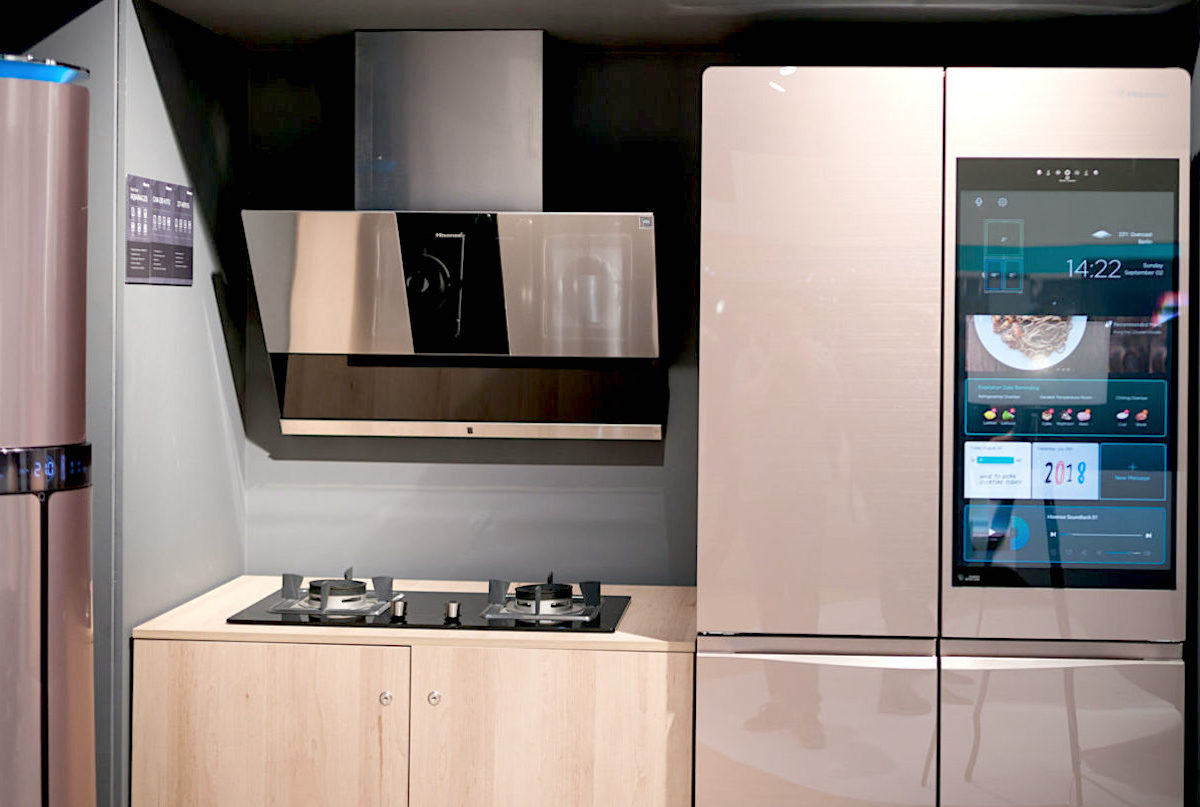
Samsung has confirmed that its expensive smart fridges are now displaying ads on their built-in screens. A new software update rolled out earlier this week for the company’s Family Hub products, bringing what Samsung is calling a “pilot program” of ads to kitchens across the U.S. In a statement, the company said it will be showing “promotions and curated advertisements” to users for the foreseeable future to “strengthen” the “every day value” of its home appliances.
The release notes for the update specified that ads will appear on the fridge’s cover screen when using the Weather, Color, and Daily Board themes. For users who own one of these fridges and want to avoid the promotions, Samsung said that the Art or Gallery themes will remain ad-free during the pilot program.
Limited Options to Avoid Ads
The rollout has been met with mixed reactions from customers, especially given the high price of the fridges, which range from about $1,800 to $3,500. There is currently no way to turn the ads off entirely. However, individual ads can be dismissed, and Samsung says that a specific ad will not appear again during its campaign period once dismissed.
This new policy contradicts a statement made by a Samsung representative back in April. At that time, Jeong Seung Moon, head of R&D for the Digital Appliances Business at Samsung, told another publication that the company had “no plans regarding the inclusion of advertisements on AI Home screens.” Samsung has not yet confirmed which specific models are being affected by the update.
Author’s Opinion
This ad rollout signals a new and troubling trend in consumer electronics. For customers who paid thousands of dollars for a premium appliance, the expectation is a premium, ad-free experience. This move, which retroactively alters the value proposition of a product already purchased, treats a home appliance not as a durable good but as a new screen to monetize. By doing so, Samsung sets a dangerous precedent for the entire smart home industry, where consumers may have to accept that the “smart” features they paid for come with the unavoidable trade-off of constant commercial intrusion. This decision is less about adding value and more about finding a new revenue stream, and it risks eroding the trust of the very customers who invested in the brand’s high-end products.
Featured image credit: BTR News
For more stories like it, click the +Follow button at the top of this page to follow us.
